IVF in Spain: A Complete Guide to Timelines and Costs
.png)
Embarking on an IVF journey is a significant life event, and for many international patients, Spain has become a top destination due to its advanced medical care and favorable laws. A primary concern for anyone considering this path is the time commitment involved. A complete IVF cycle in Spain typically takes about 4 to 6 weeks from the start of ovarian stimulation to the pregnancy test. However, the actual time you need to spend in Spain can be much shorter, often between one to three weeks, depending on your specific treatment plan and whether initial monitoring is done in your home country. Spanish clinics are highly experienced in coordinating with international patients to make the process as smooth and efficient as possible.
What is the total timeline for one complete IVF cycle?
“From the initial consultation to the final pregnancy test, a full IVF treatment cycle in Spain generally spans about two to three months, which includes all preparatory phases and the core treatment itself.”
This broader timeline accounts for the initial consultations (which can be done remotely), necessary preliminary tests, and any required preparation of the uterine lining (endometrium) before the main IVF process begins. Once you start the medication for ovarian stimulation, the most active phase of the treatment, the timeline condenses into a more intense 4 to 6-week period.
It’s important to remember that this is an average, and each patient's journey is unique. The timeline can be influenced by individual medical factors, the specific protocol prescribed by your doctor, and whether you are using your own eggs or donor eggs.
How long must I stay in Spain for IVF with my own eggs?
“For an IVF cycle using your own eggs, you should plan for a stay of approximately 16 to 18 days in Spain if you complete the entire stimulation and monitoring process there.”
This duration allows for the full ovarian stimulation phase, where you self-administer hormonal injections to encourage your ovaries to produce multiple eggs. During this period (around 8-14 days), you will have several ultrasound scans and possibly blood tests at the clinic to monitor your progress. This is followed by the egg retrieval procedure and, 3 to 5 days later, the embryo transfer.
Can the stay in Spain be shorter for an own-egg IVF cycle?
“Yes, it's possible to reduce your stay to around 11 to 12 days. This involves starting the ovarian stimulation and initial monitoring with a trusted doctor in your home country before traveling to Spain for the final monitoring, egg retrieval, and embryo transfer.”
This flexible approach is very common in Spanish fertility clinics that cater to international patients. They will provide a detailed treatment plan and coordinate with your local gynecologist. You would then travel to Spain once your follicles have reached an optimal size. This model significantly reduces the time you need to be away from home and work, making the logistics much more manageable.
How long does the ovarian stimulation phase last?
“The ovarian stimulation phase, where hormonal medication is used to mature multiple eggs, typically lasts between 8 and 14 days.”
The exact duration depends on how your body responds to the medication. The goal is to grow a good number of follicles (which contain the eggs) to an ideal size. Your clinic in Spain will monitor this closely with transvaginal ultrasounds. Once the follicles are ready, a final "trigger shot" is administered to complete the egg maturation process.
What happens during egg retrieval and how long does it take?
“Egg retrieval (or follicular puncture) is a minor, minimally invasive procedure that takes about 15-20 minutes and is performed under light sedation.”
The retrieval is scheduled approximately 36 hours after the trigger shot. A specialist uses an ultrasound-guided needle to aspirate the fluid containing the mature eggs from the follicles. Patients recover quickly and can usually resume normal activities the following day. Many international patients are even able to travel home the day after the procedure if they are not doing a fresh embryo transfer.
How long is the embryo culture stage?
“After fertilization in the lab, embryos are cultured for 3 to 6 days until they reach the blastocyst stage, which is the optimal time for transfer.”
During this crucial period, embryologists monitor the development of the embryos. This allows them to select the embryo with the highest potential for implantation. The clinic will keep you informed about the progress of your embryos during this time.
How Much Does IVF Treatment Cost in Spain?
“The average cost of a standard IVF cycle in Spain using your own eggs ranges from €3,500 to €7,000, while a cycle using donor eggs typically costs between €5,900 and €8,500.”
Spain offers a highly favorable balance of cost and quality, making it a leading destination for fertility tourism. The price is often more affordable than in countries like the UK or the USA, without compromising on technology or care standards. The final cost depends on the clinic's reputation, the specific procedures included, and whether additional techniques like ICSI (Intracytoplasmic Sperm Injection) or genetic testing are required.
It is crucial to get a detailed quote from your chosen clinic. Most will provide a breakdown of what their package includes, but be sure to ask about potential extra costs, such as medication (which can add €500 - €1,500), embryo freezing, or pre-treatment diagnostic tests.
How much time is needed for an embryo transfer?
“The embryo transfer itself is a quick and painless procedure, lasting about 10-15 minutes. Afterward, you will rest at the clinic for a short period before being able to leave.”
The transfer involves placing the selected embryo into the uterus using a thin, flexible catheter. It is a very special and emotional moment for intended parents. While the procedure is brief, it is recommended to have a relaxing, stress-free day afterward.
What is the timeline for IVF with donor eggs?
“If you are using donor eggs, the time required in Spain is significantly shorter, typically just 6 to 7 days.”
With IVF with donor eggs, the egg donor undergoes the ovarian stimulation and retrieval process. Your treatment cycle is synchronized with the donor's. You will need to travel to Spain to provide a sperm sample (if using a partner's sperm) and for the embryo transfer. The preparation of your uterine lining can be monitored in your home country before you travel.
How long is the stay for a frozen embryo transfer (FET)?
“For a frozen embryo transfer (FET), the stay in Spain can be as short as 2 to 3 days.”
This is the most time-efficient option. If you have previously created embryos that were cryopreserved (frozen), the process only involves preparing your endometrium and then traveling to Spain for the transfer procedure. The endometrial preparation phase can be managed entirely from your home country with guidance from the Spanish clinic.
Are there waiting lists for IVF in Spain?
“One of the major advantages of choosing IVF in Spain is that private fertility clinics generally have no waiting lists for treatments, including those requiring egg or sperm donors.”
Spain's advanced and altruistic donation laws mean there is a wide availability of donors from diverse backgrounds. This allows treatment to begin as soon as the patient is ready, avoiding the long and stressful delays often encountered in the public healthcare systems of other countries.
Start Your Fertility Journey Today
Ready to take the next step in your fertility journey? Explore world-class, efficient, and accessible IVF treatment in Spain. Contact PlacidWay to connect with leading Spanish fertility clinics and receive a personalized treatment plan that fits your schedule and needs.


.png)
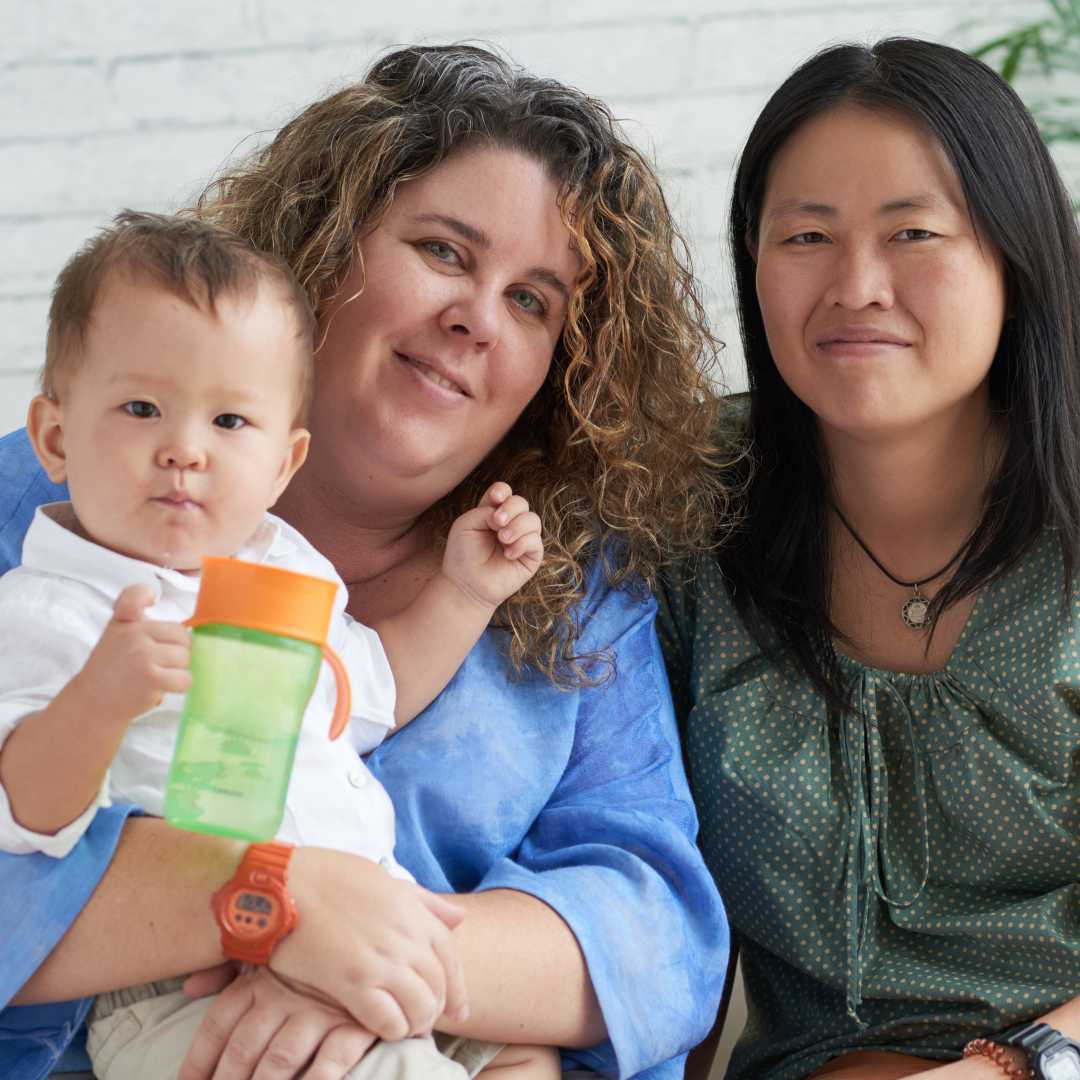

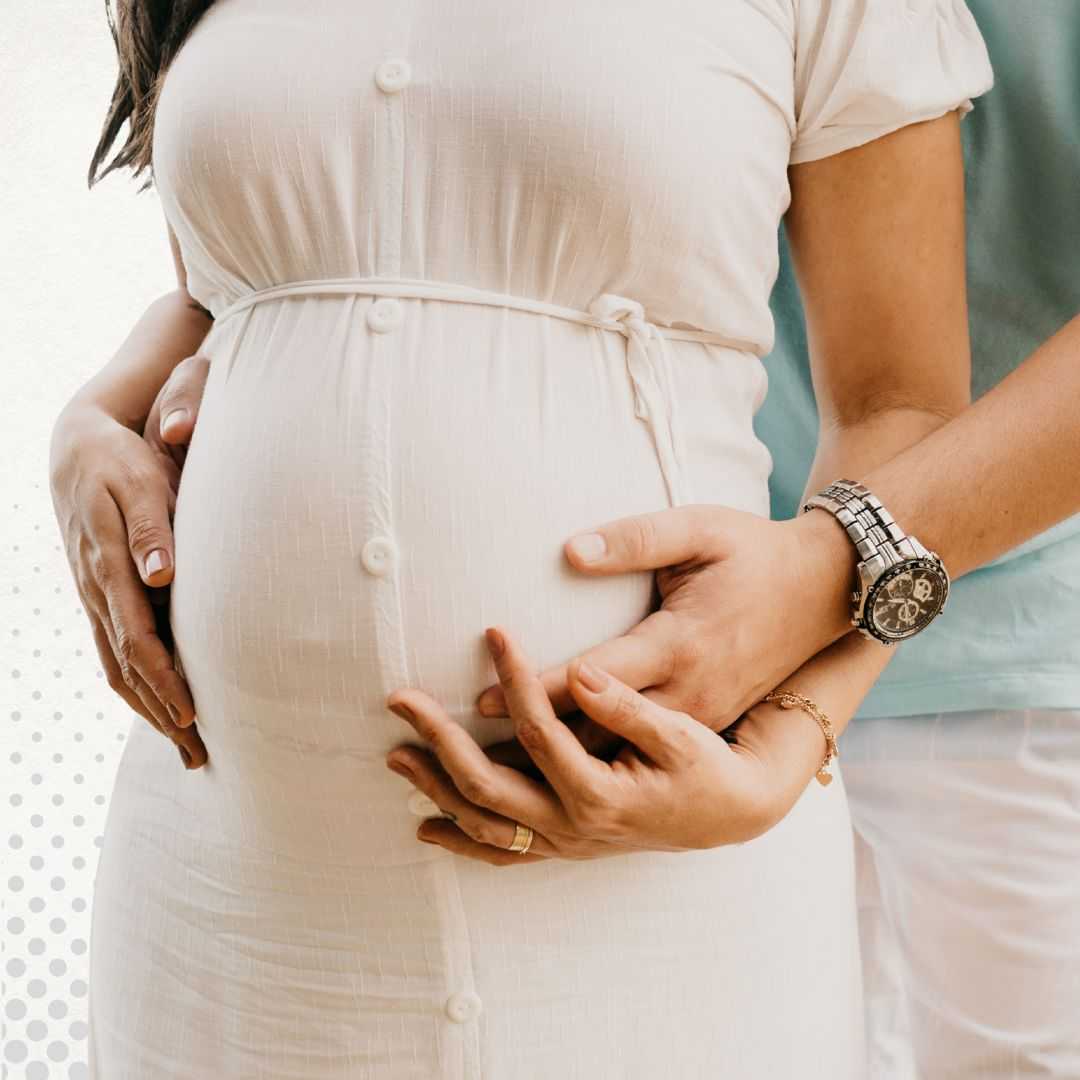

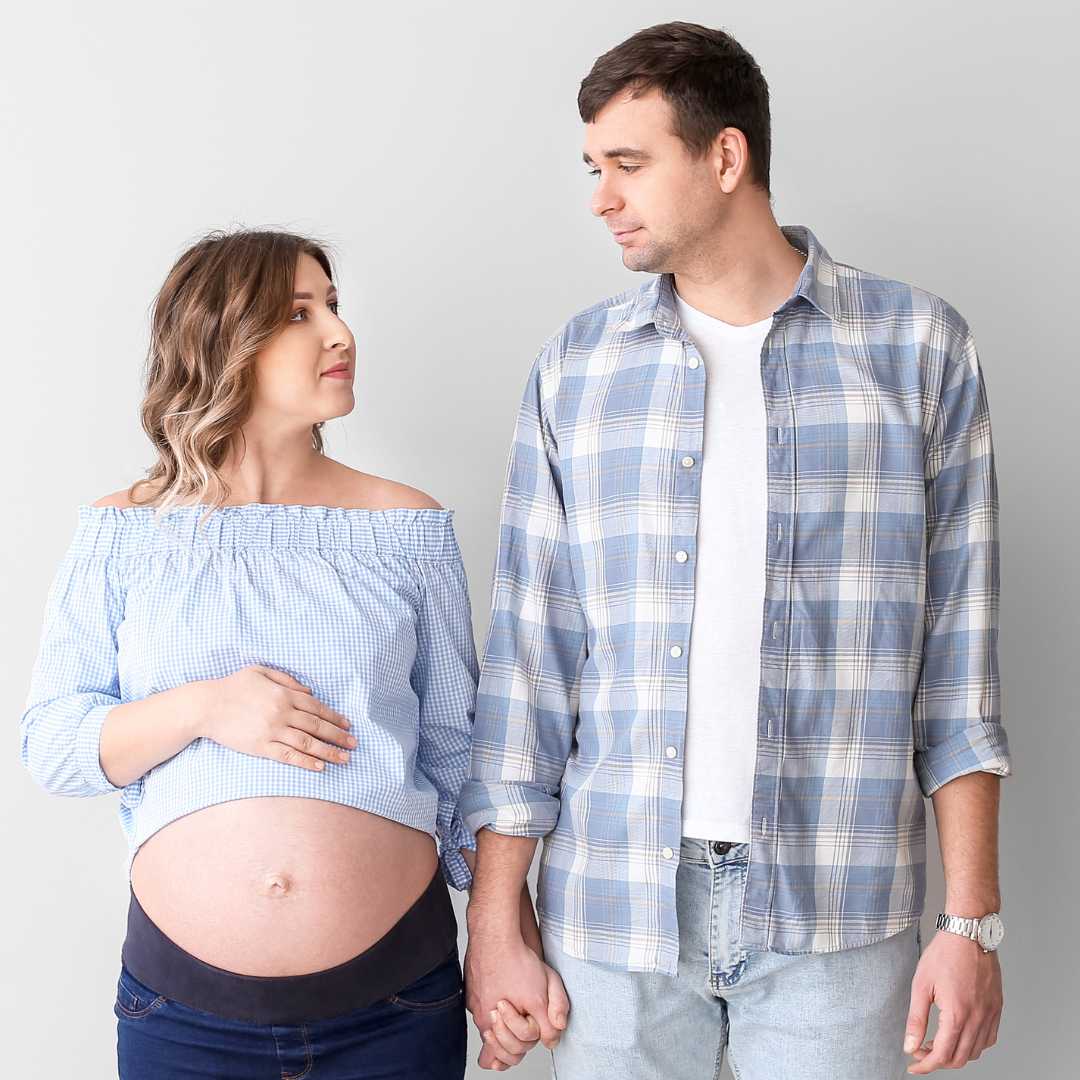
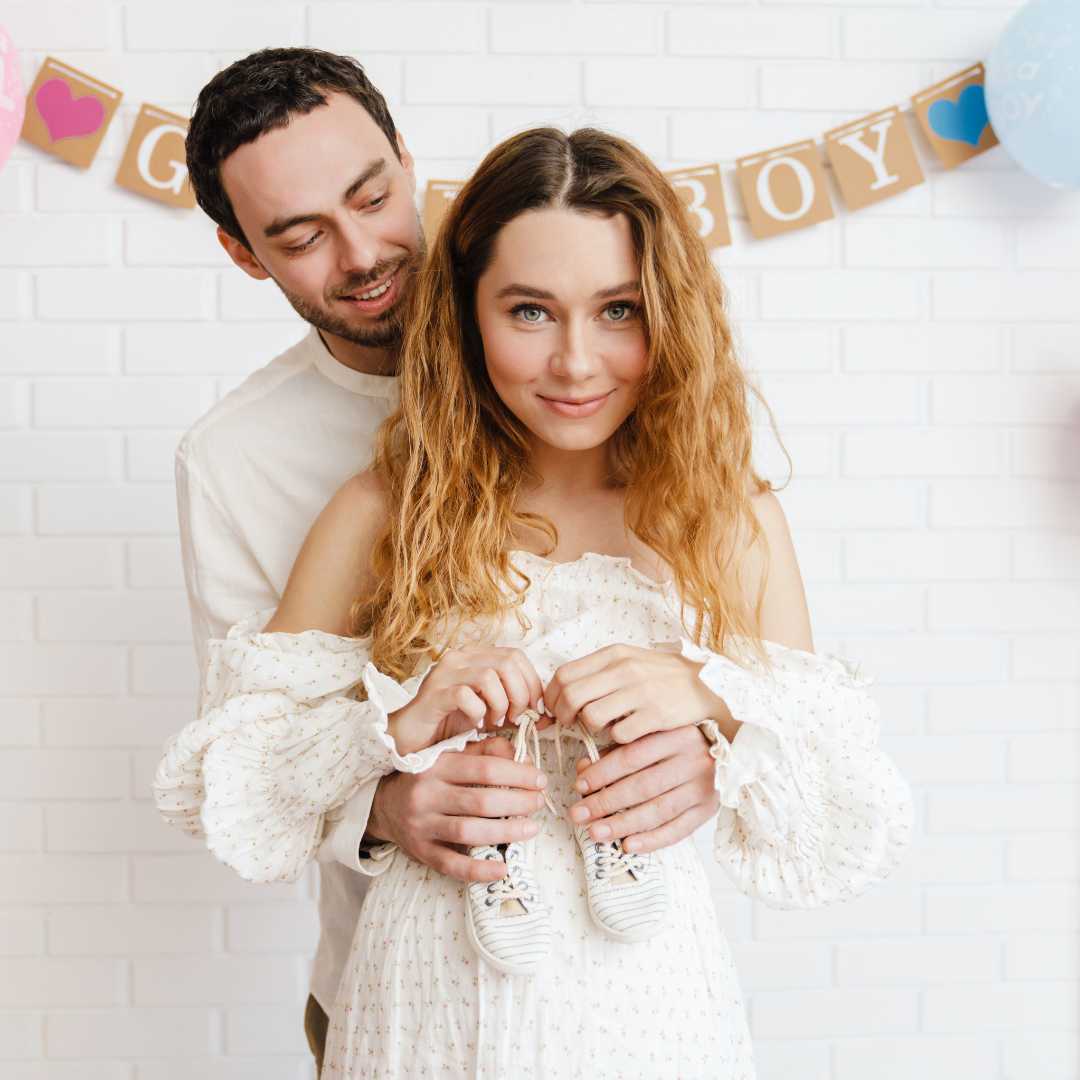
.png)

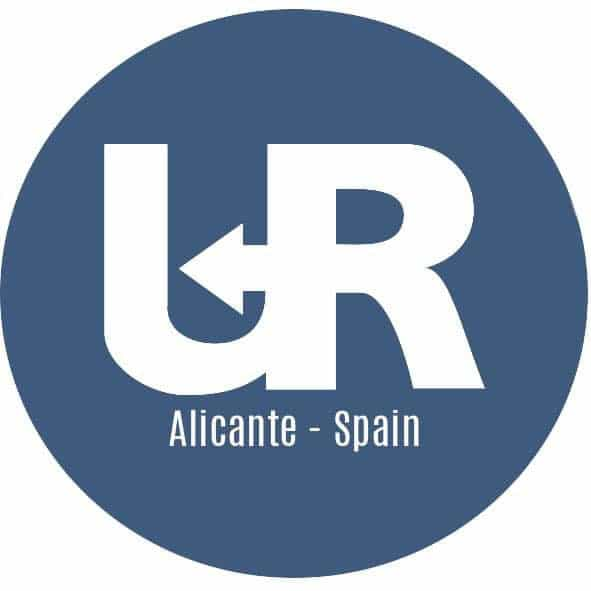
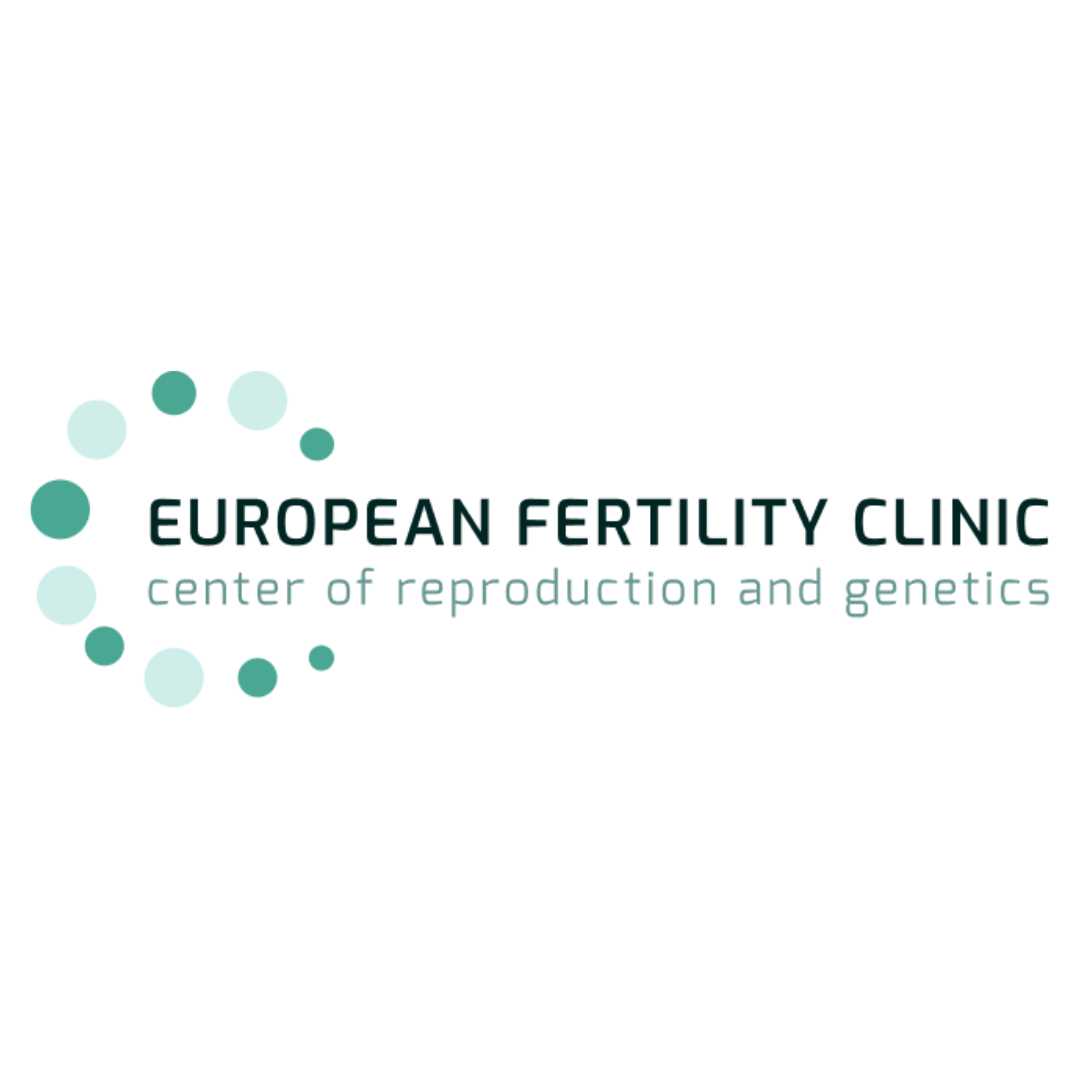
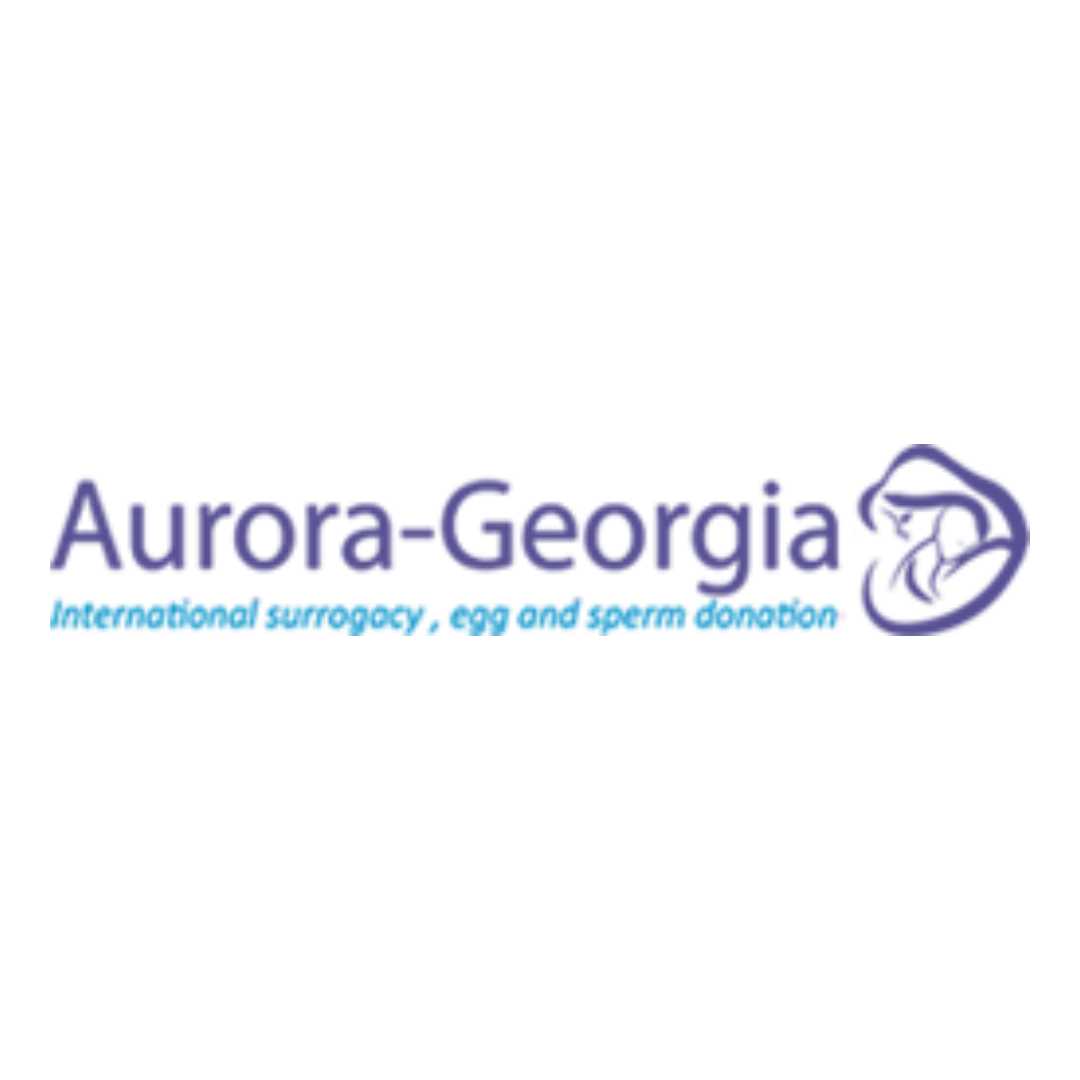
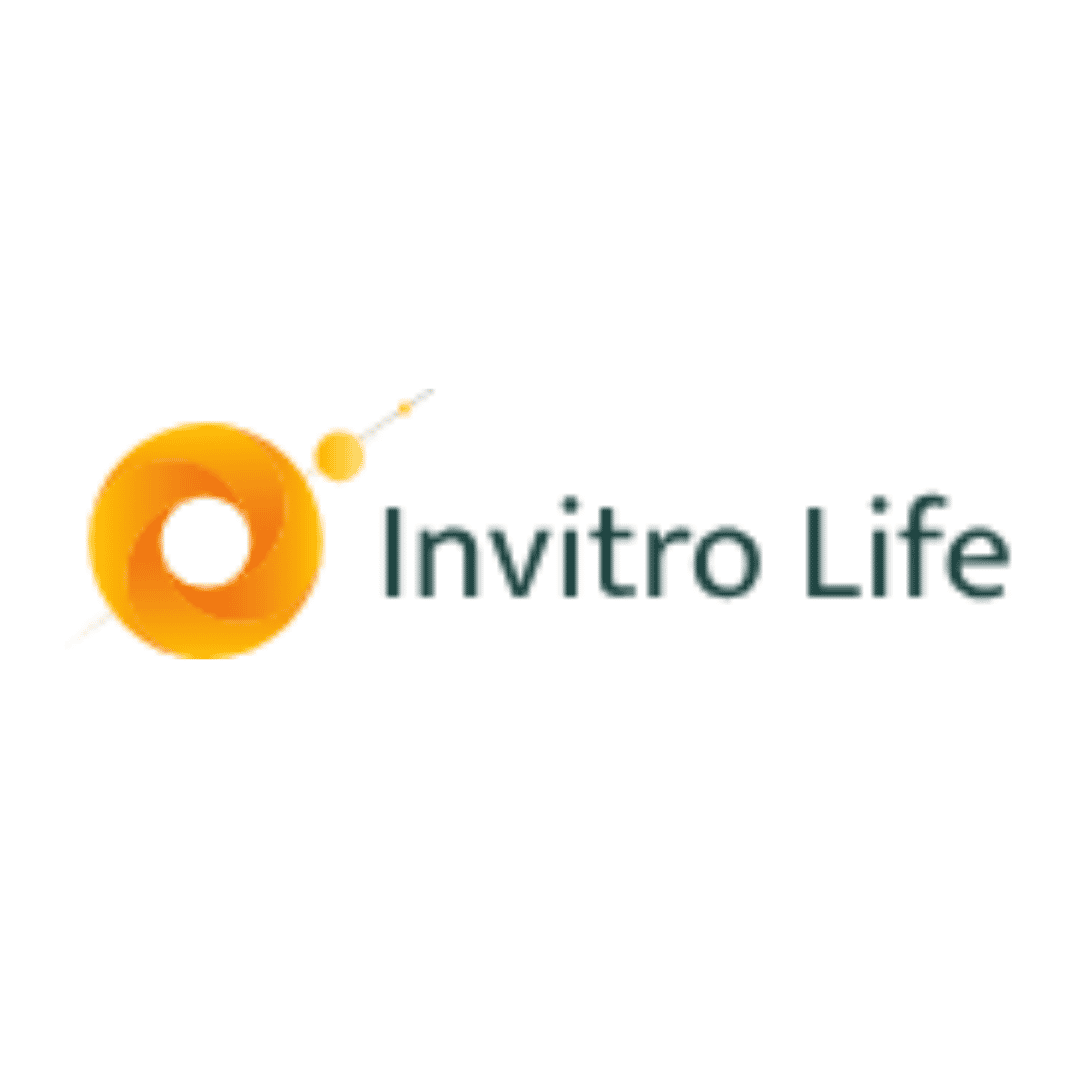

Share this listing